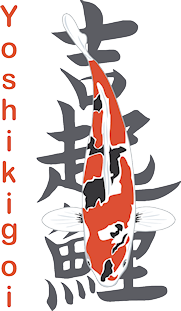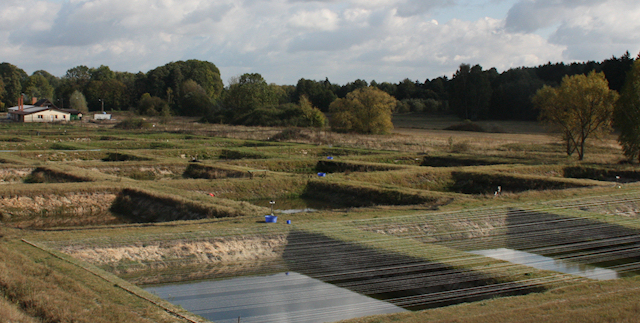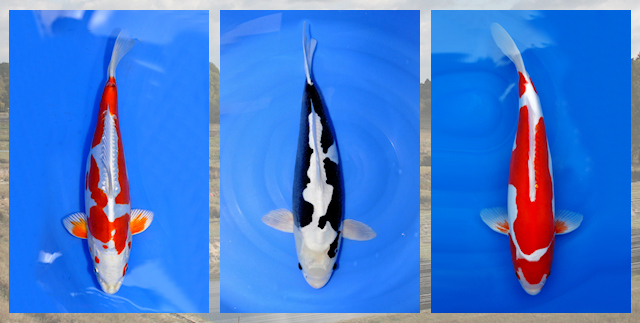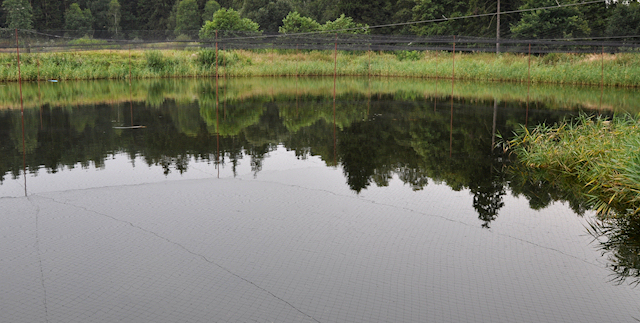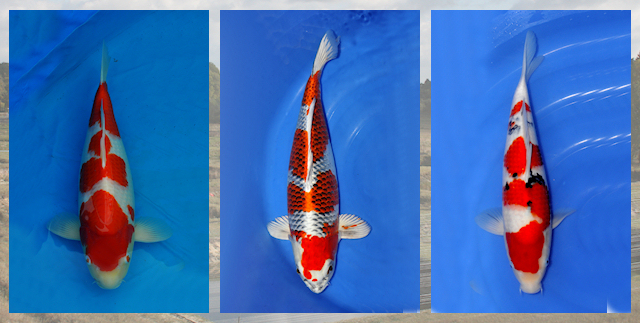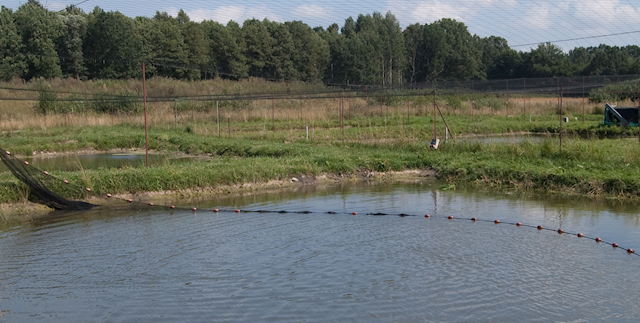The importance of a mud pond and the fry.
Like I already mentioned, a mud pond is extremely important to growth a successful breeding. That means that we must place the fry as soon as possible in the mud pond. If you don’t do this then the fry will not develop in the best possible way. This is because the fry will not have enough of essential space and natural food to develop. This will always have an impact on there later development and I don’t know if they will ever be able to recover from this. My personal opinion is leaning more to no.
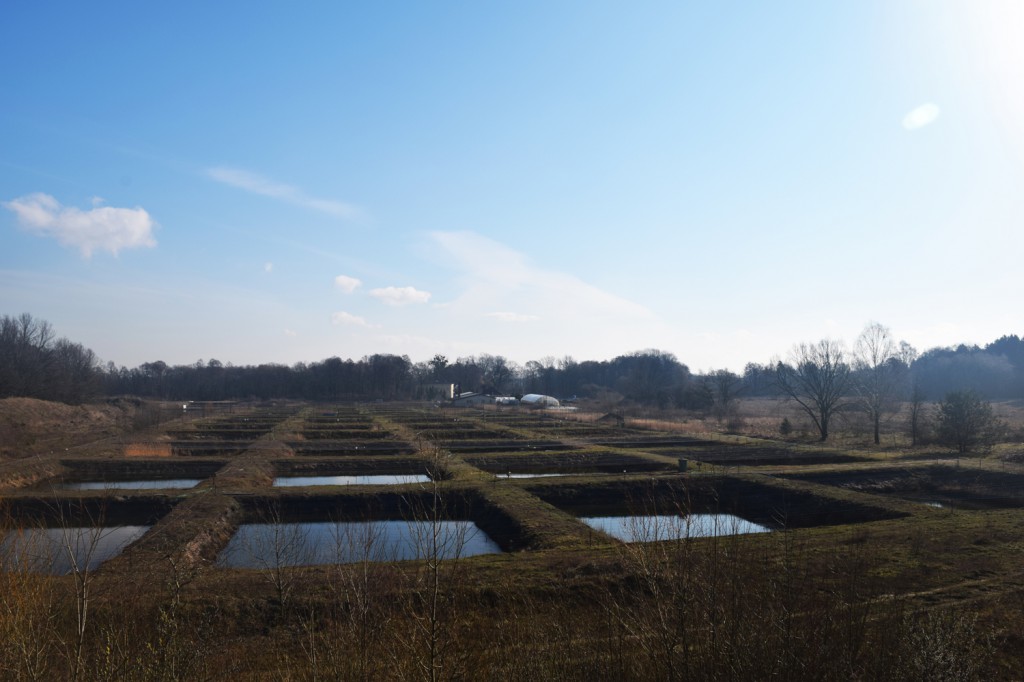
A mud pond is not mud pond.
Strange to write it like this, but if we look at the difference in mud pond and quality it becomes clear that there is a lot we don’t know about mud ponds. We very often think that when we place fry in a mud pond that when the water quality is good they will develop perfect. That is only partially true. If we are talking about body shape and shine we can say yes. If we are talking about colour then that is an very different story. It is hard to believe that 4 mud ponds next to each other can have completely different water parameters. One is light green, one is dark green and the other one has a more brown colour. The size of the ponds are the same. The amount and the type of koifood is the same and also the number of fry in the pond are the same. Never the less if you look at the colour of the water there is not one pond the same. This also has an impact on the varieties and is something we found out in the hard way. Some ponds are better suitable for red and other are far less. If you know this than you can take an advantage from that fact. The mud ponds that are not so suitable for red can be used for: Shiro Utsuri, Platinum Ogon, Soragoi, Chagoi and for example for Asagi. These varieties are better off if they are grown in a pond that don’t develop too much red. It is logic that we like to grow for example Shiro Utsuri in a pond that does not enhance the red pigmentation.
What most people don’t think about is that also this type of Koi usually get a different type of koifood. All breeders that breed Shiro Utsuri don’t want them to develop any red if possible. Also they don’t want the skin to turn yellow, So they feed them with a food that is without any colour enhancer at all. We often feed them the same koifood in our ponds as the Kohaku and all other varieties that we also have in the pond. The food most people use contains a colour enhancer. Because we feed all our Koi the same food it effects all Koi. In many cases we first see this on the Shiro Utsuri and the Platinum Ogon because the white skin is getting a little bit yellow.
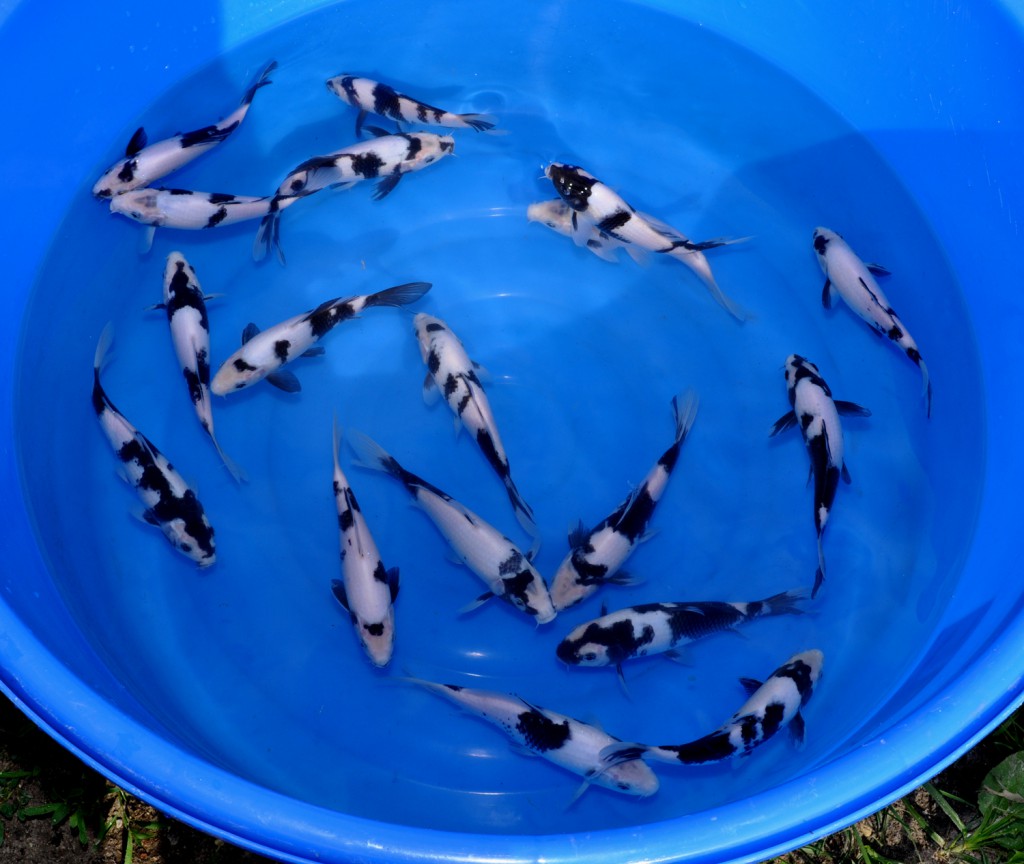
In ponds that develop too much red we grow:
Aka Muji, Aka Matsuba, Yamabuki, Hariwake, Beni Kumonryu, Hi Utsuri, Ki and Kin Ki Utsuri, Goshiki and Kujaku. With Hariwake and Beni Kumonryu it is important that they develop as stable as possible on the first year. The more stable the development is in the first year the more stable it will be for the future. With the Goshiki and Kujaku we keep them in these ponds because we want a strong and deep pigmentation that sets the base for the future. Often we see Kujaku and Goshiki get thinner on their red and also turn more into an orange colour. Also the upcoming grey very often pollute the weaker red colour. By keeping them in the right ponds we set a better base for their future. The mud ponds where we grow the Kohaku, Sanke and Showa for example are the mud ponds that are the best in forming pattern. By that I mean. The Kohaku don’t lose too much red, but also don’t keep too much red. So we want the ponds that deliver the pattern on these Koi.
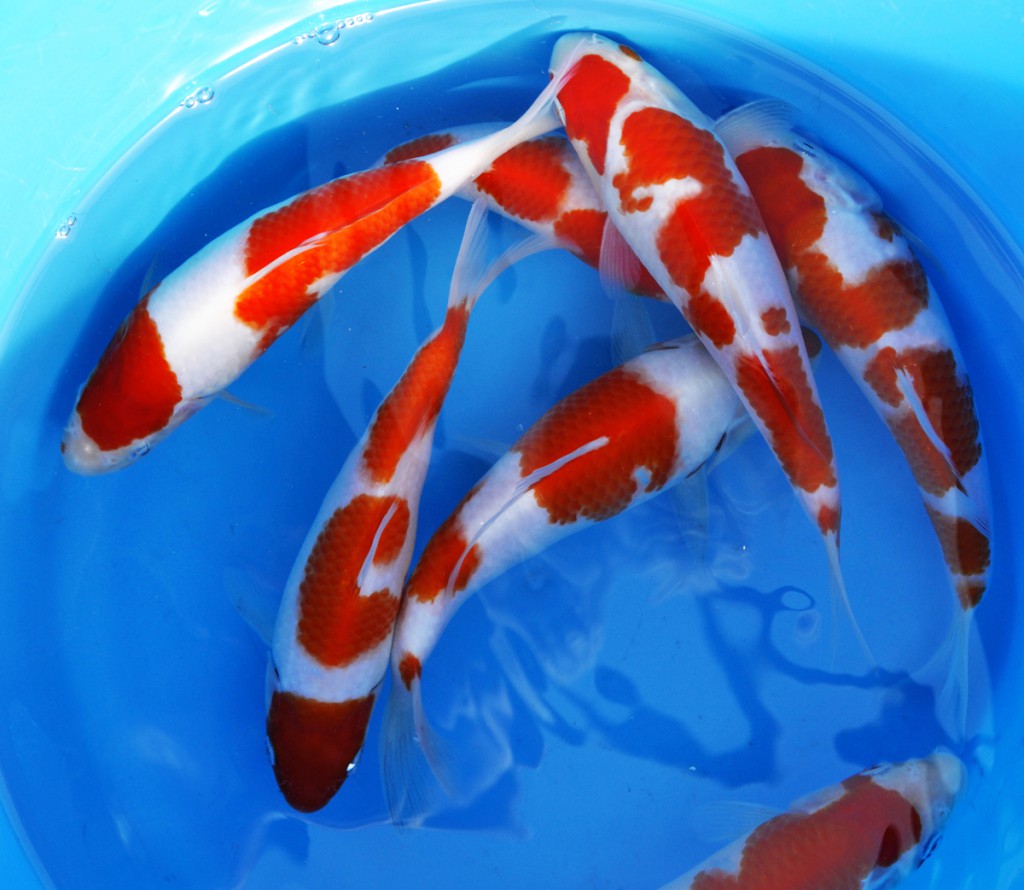
We all know that Kohaku and Sanke need to have larger red pattern that should be on top of the Koi. With Showa that is not always the case. Many Showa don’t have a Kohaku type of pattern at all and if you would take the black off the Showa you would get in many cases a bad Kohaku. A good Showa has all three colours present in the best potential quality. Only when the Sumi is playing with the red and white, the Showa stands out. It is the Koi that can have more than one type of a pattern and still is able to win our hearts and also the mayor shows.
Here we see a very famous Showa without the Sumi.
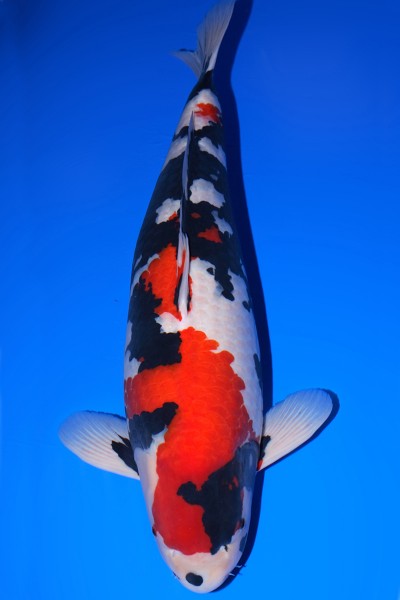
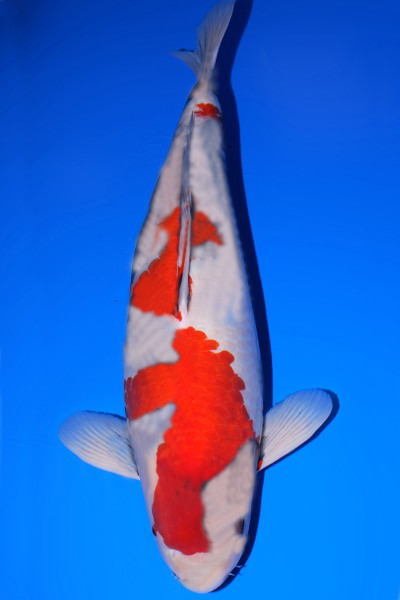
Next week part 4
The selections and what to look for.
